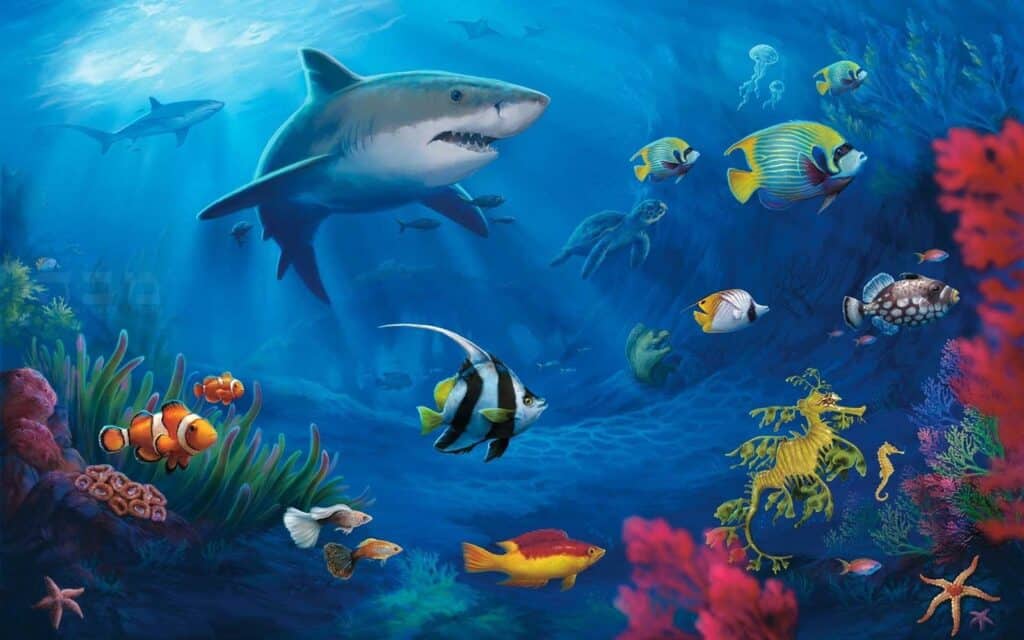
Overview:
The puppies are continuously learning whether it’s from the outside environment, from socializing with people, or with other animals. The last stage of their learning is direct from the direct training from someone.
This creates a difficult foundation that set the stage for the puppies’ adulthood. Providing puppies with the appropriate socializing and basic training allow them to grow among confident adult dogs. The following steps will help you and your puppy up for success in the training.
When do you start training your puppy?

If we talk about the training times in the figure then it is 8 weeks of age. Whenever you bring the puppy into your home you have to start its training if its age is 8 weeks. At this young age, they can learn basic training which consists of cues like come, sit, and stay.
5 Tips for training your Puppy.
1. Use Consistency during training your Puppy:
It is important to be consistent when you are giving training to your puppy. Don’t be like that if you train your dog one day and the next day you didn’t do training. Use the same word during training which is and/or hand signals when you teach the basic cues of sit, stay, and come to your dog.
In addition, it is also important to improve the desired behavior continuously even though it is not convenient. So, when your dog needs to the bathroom and stands outside the door then stop your puppy. Say what you are doing, bring them out, and reward your puppy for going to the bathroom outside.
2. Keep Short training sessions:

When you are giving training to a young age of puppy and the training is basic then held the session for 5 minutes maximum. Try to provide training for at least 15 minutes per day. Remember that puppies have a short attention span so you need to end the session on a positive note so they get excited about the next session.
3. Use Positive Reinforcement:

There are several methods of training your puppy and you heard them from anyone. Even though you see those methods when your neighbor provides training to his puppy. But the most significant method of training your puppy is the Use of positive reinforcement.
It is a process of giving a reward to your puppy to encourage the behavior that you want. You have to avoid the use of punishment during the training of the young dog. The punishment includes harsh correction, correcting the devices such as the shock, prong collars, choke, and techniques that are based on dominance.
If you did these kinds of punishments at a young age of dog then you will see negative results in the future like fear or anxiety in your dog from you.
To apply positive reinforcement you need to find out which reward will be best for your puppy. Because few puppies need a simple piece of their kibble that is exciting for them to train with and is well enough. While other puppies need some tastier reward like they get want special training treat.
Except for these two kinds of puppies, some puppies are not motivated by getting food at all. For them, you have to find a toy and give them when they do a good job. Because praise is also included in the positive reinforcement to the dog. Showing excitement and petting and saying to your puppy “Good Job” may be enough for the basic training.
4. Practice your Puppy in different environments:
This is another method of training your young puppy in a better way. So bring them to the park or any beach and provide them training so that they will feel the outside environment. This will be different for them to get a train at the house and smell the new variety of sights that they encounter outside of the home.
Keep ensuring that you have practiced your puppy in different settings which will set them to get confident in different kinds of situations. Remember that the dogs will not like to be in a place where multiple dogs already exist so avoid that kind of place. Yes, you bring them there when you complete their puppy vaccination series.
5. Be Patient:
Last but not least after doing all the above processes you need to get patient because the training and learning of dogs are like the growth of young children. During growth, they will make certain mistakes and sometimes don’t understand what you are saying or asking,
All the puppies learn at different speeds so don’t get frustrated and stick with it. Just maintain consistent training, potty time breaks, consistent feeding time, naps, and playtime which make them happy. It will also make them secure and if they are secure they will able to learn.
The timeline of the basic Puppy Training.
Now, other questions are coming into your mind when do you train them with different cues and when does house training start? Here is the complete timeline of the puppy training.
7-8 Weeks Old
Basic Cues (Sit, Come, Stay)
- You need to start with the basic cues as your puppy is 7-8 weeks old.
- Say a cue to your puppy “Sit” once.
- Use a treat to get position to your puppy so they sit in that position
- When they sit, now give your puppy praise and a treat.
Leash Training:

You can start the leash training at your home at this age of your dog. Because as I earlier mentioned it is not safe to bring them outside where the other dogs walk until the vaccination is completed. Start the training by wearing the collar for a short amount during providing the treats.
Increase this process slowly and once they know how to come to you, you can walk inside the leash without any distractions. You can bring your dog outside when their vaccination got completed.
8-10 Weeks Old
Crate Training:

At this age, you need to feel your puppy that the crate place is safe and calm for them. Start this process by bringing your dog to the crate at 10-minute intervals. After 10 minutes when they feel calm and nice then give a reward to your puppy for going inside the crate. In addition, you can feed your puppy in the crate which will make a positive environment.
10-12 Weeks Old
Learn your puppy not to bite:

In this life span the puppies become mouthy. Putting something in their mouth is how your puppy explores their world. But make sure you have to teach them not to bite your hand or your ankles and if they did it, redirect them with a better object. The object will be like a toy or anything else.
12-16 months old
Potty Training:

You need to create and maintain a schedule for the Potty training. Bring your dog to the bathroom after playtime, naps, and eating all day. By doing this, they will start enough to have bladder control and learn how to hold it. After all, reward your puppy with something whenever they go to the bathroom outside.
6 Months old:
This is the adolescence stage in this age of puppy and it is the difficult stage to get train your puppy. So, that’s why it is important to start training your dog as early age as possible. Because at this age you will strengthen their skills and solidify them in the public such as dogs parks.
Conclusion:
Providing training to your puppy is an important step when your dog is young. You need to start their training when they are 8 weeks old. Stop bringing your dog outside the home where other dogs are already walking until your dog vaccination series not completed.
You Might Also Like: Hiring The Best CodeIgniter Developer: Top 4 Skills To Consider

